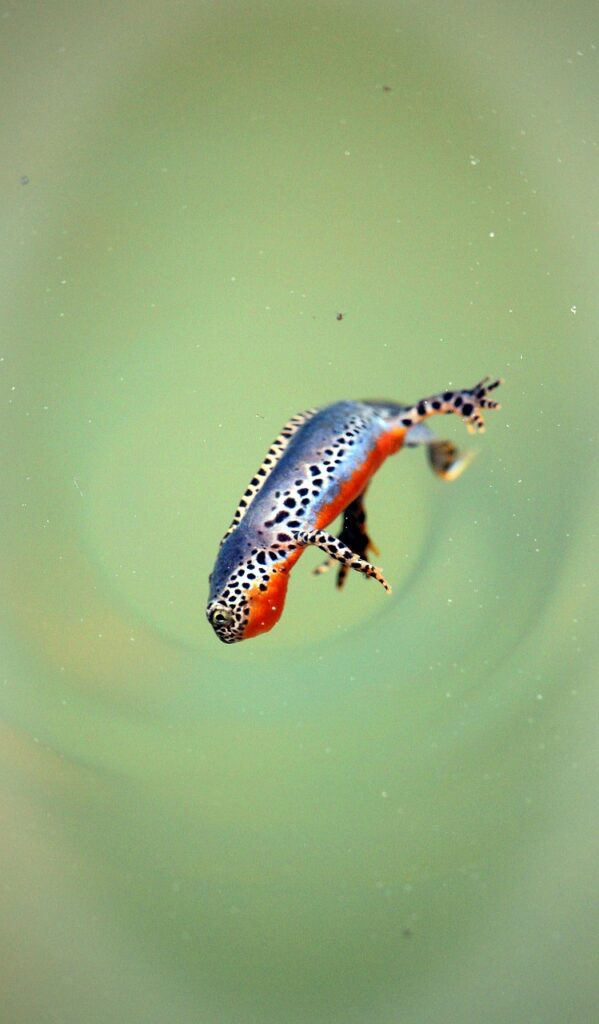The animal kingdom is nothing short of a marvel, brimming with creatures that possess extraordinary abilities. Among these, the power to regenerate lost body parts stands out as a fascinating phenomenon. Imagine losing a limb or an organ and having it grow back! This is a reality for several creatures on our planet. Today, we dive into the world of these incredible beings, exploring ten creatures that can regrow their own body parts. Their regenerative prowess not only astounds scientists but also inspires curiosity and wonder in all who learn about them.
The Amazing Axolotl Nature’s Perfect Healer
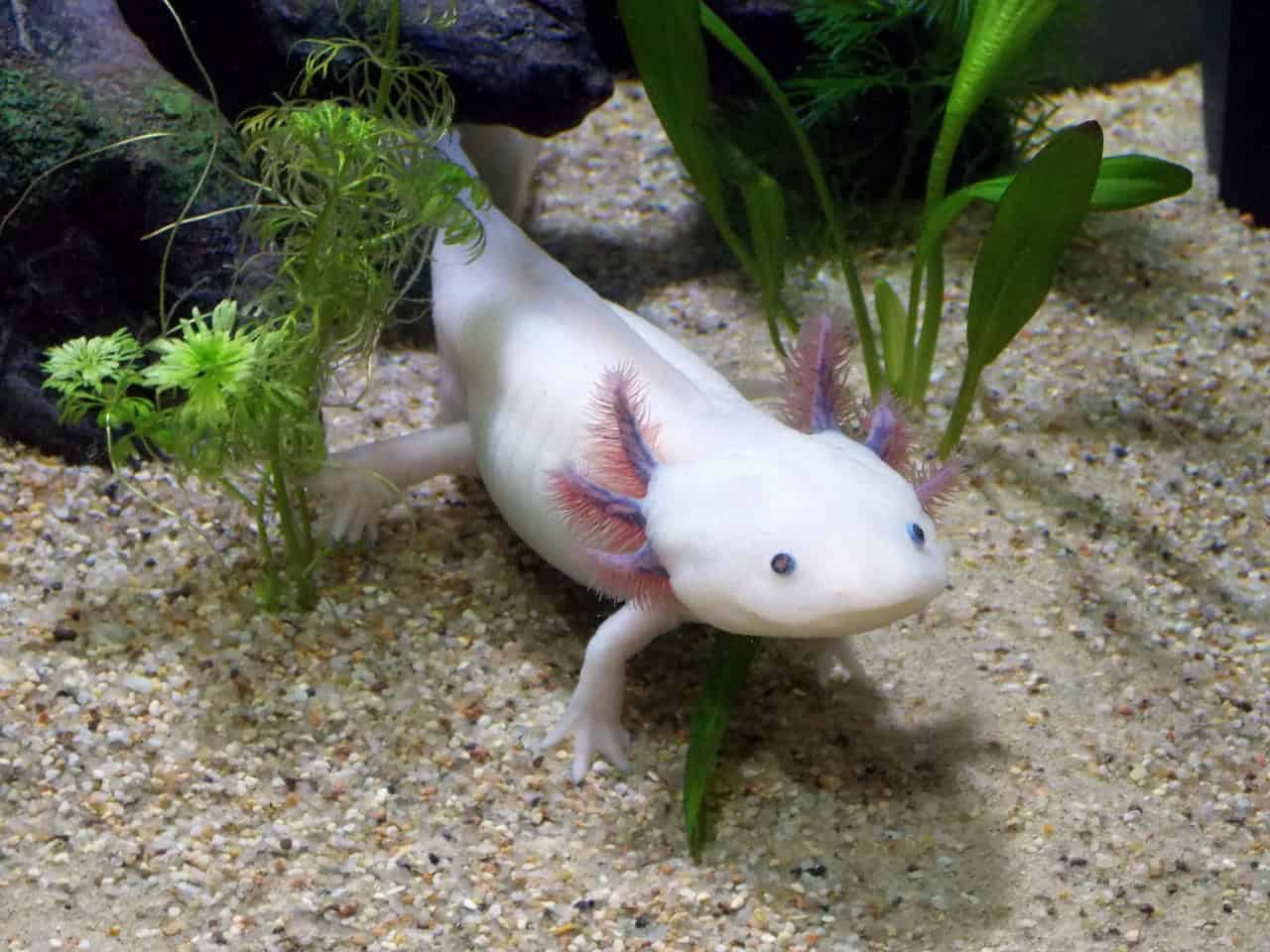
The axolotl is often dubbed as the superstar of regeneration. This Mexican salamander can regrow entire limbs, parts of its spinal cord, and even sections of its heart and brain. It’s like having a magical reset button for its body! What’s truly amazing is that the axolotl can do this repeatedly without any scarring. Scientists are captivated by this creature, as understanding its regenerative abilities could have profound implications for human medicine. Imagine a world where humans could heal as seamlessly as the axolotl. This fascinating creature continues to be a beacon of hope and a subject of extensive research.
The Resilient Sea Star A Symbol of Renewal

Sea stars, commonly known as starfish, are iconic for their ability to regenerate lost arms. If a sea star loses an arm, not only can it grow it back, but the severed arm can also develop into a new sea star, given the right conditions. This makes them a symbol of renewal and resilience in the marine world. Their regeneration process is not just about survival; it’s also a way to reproduce. The adaptability of sea stars showcases the wonders of evolution, highlighting nature’s ability to find solutions to life’s challenges.
The Tenacious Planarian A Regeneration Marvel

Planarians are flatworms that possess an almost supernatural ability to regenerate. They can be cut into pieces, and each piece can grow into a complete organism. This means that a single planarian can give rise to multiple new individuals. This extraordinary capability is attributed to their high concentration of stem cells, which can transform into various cell types. The planarian’s regenerative powers have made it a favorite subject in scientific studies, offering insights into cellular regeneration and the potential for regenerative medicine.
The Resilient Green Iguana A Tail of Regeneration

The green iguana is a master of tail regeneration. When threatened, these reptiles can detach their tails as a defense mechanism, leaving predators with a wriggling distraction while they make their escape. Over time, the iguana will regrow its tail, although the new tail may differ slightly in color and texture. This ability is crucial for their survival, allowing them to evade predators and live another day. The green iguana’s tail regeneration serves as a testament to the adaptability and resourcefulness of nature.
The Regenerative Power of the African Spiny Mouse

The African spiny mouse is a small rodent with an extraordinary ability to regenerate skin, hair, and even cartilage. Unlike most mammals, which heal through scarring, this mouse can regenerate large sections of its skin without leaving a trace. This capability is not just limited to skin; they can also regenerate ear tissue and other body parts. The African spiny mouse’s regenerative prowess challenges the conventional understanding of mammalian healing and offers intriguing possibilities for medical research.
The Colorful Newt A Master of Limb Regeneration
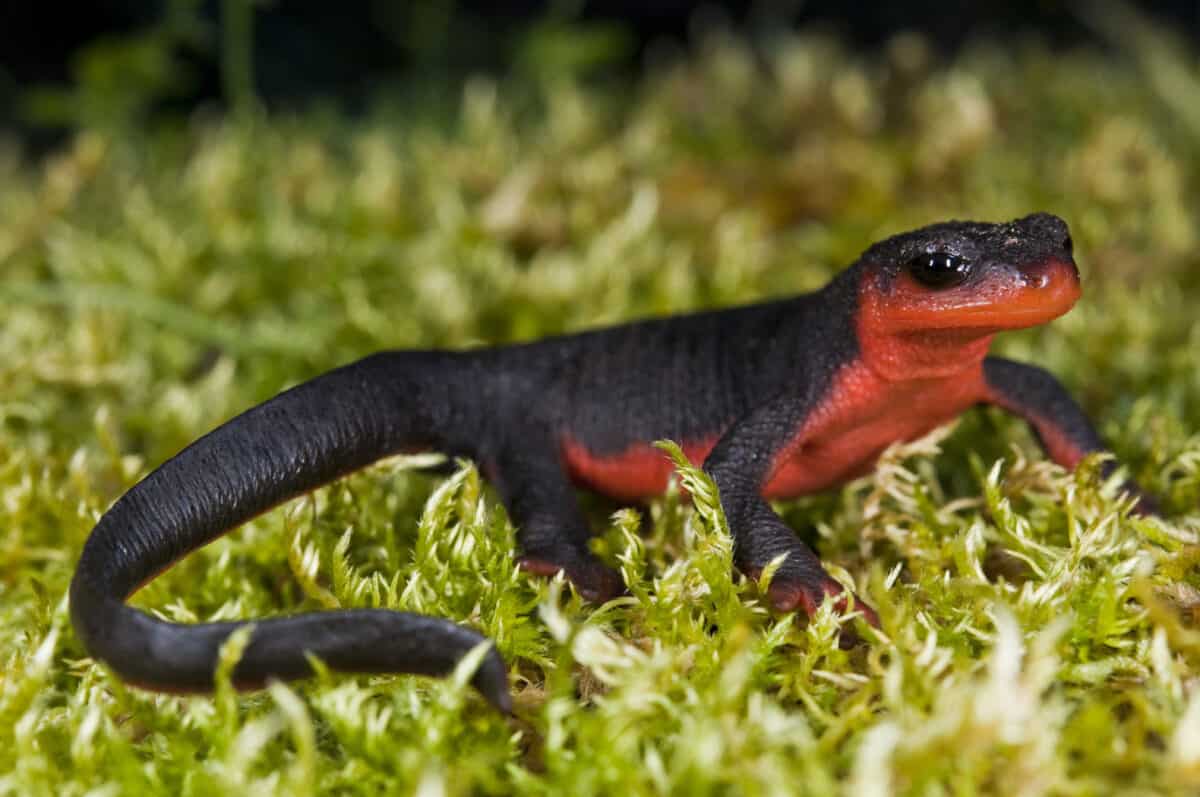
Newts are a type of salamander renowned for their regenerative abilities. They can regrow limbs, eyes, spinal cords, hearts, intestines, and even parts of their brains. This makes them one of the most versatile regenerators in the animal kingdom. Newts employ a combination of stem cell activation and cellular reprogramming to achieve this feat. Their regenerative capabilities have been the focus of numerous studies, and researchers hope to unlock the secrets of their regeneration to apply them in human medicine.
The Regenerative Wonders of the Sea Cucumber

Sea cucumbers are echinoderms known for their unique defense mechanism. When threatened, they can expel their internal organs to distract predators, subsequently regenerating these organs over time. This remarkable ability to regenerate such vital parts is a survival strategy that ensures their continuation in the face of danger. Sea cucumbers exemplify nature’s ingenuity, showcasing how life can adapt and thrive even in the most challenging environments.
The Resilient Zebrafish A Model of Heart Regeneration
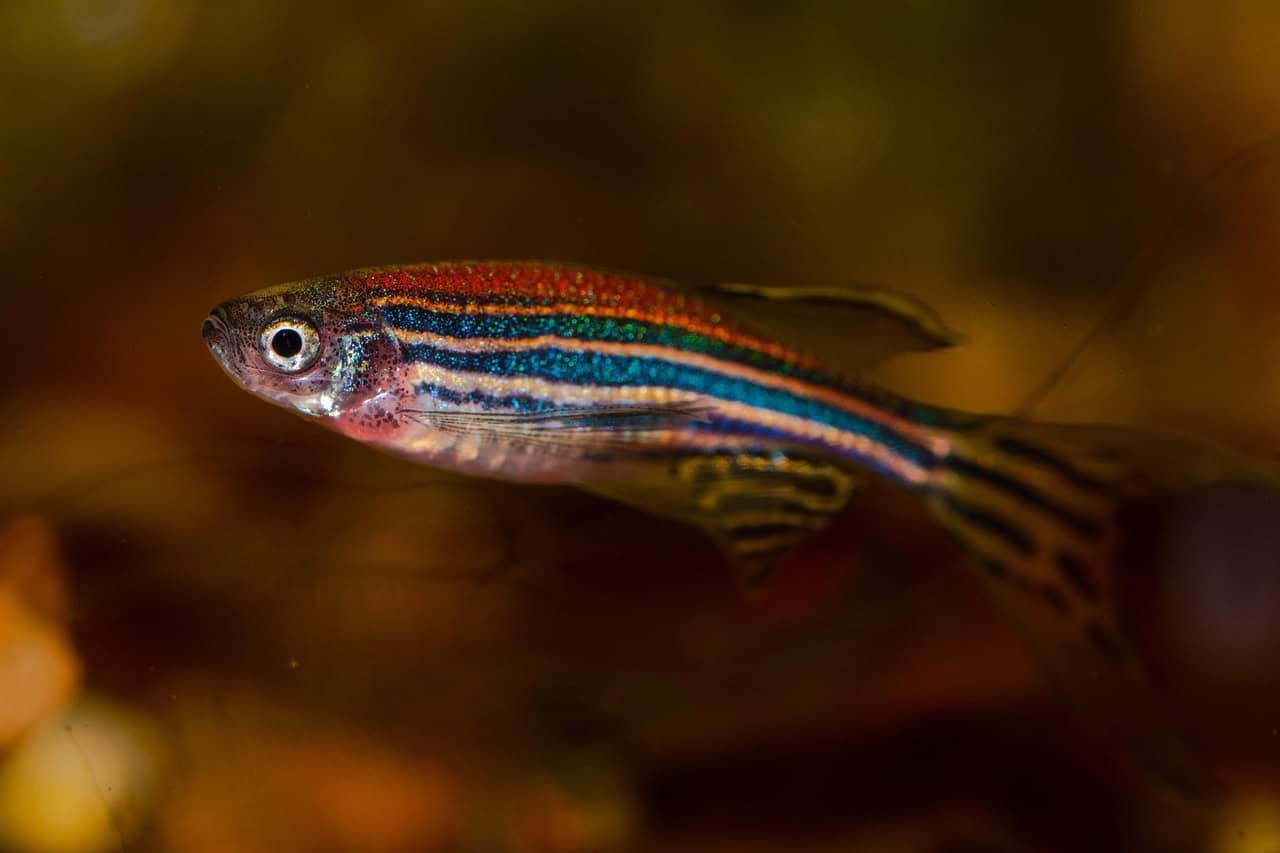
Zebrafish are small freshwater fish that have the remarkable ability to regenerate heart tissue. If a part of their heart is damaged, they can repair it, restoring full functionality. This makes zebrafish a valuable model for cardiovascular research, offering insights into heart regeneration that could have significant implications for human medicine. The zebrafish’s regenerative capabilities have sparked hope for developing new treatments for heart disease, one of the leading causes of death worldwide.
The Unyielding Gecko A Master of Tail Regrowth
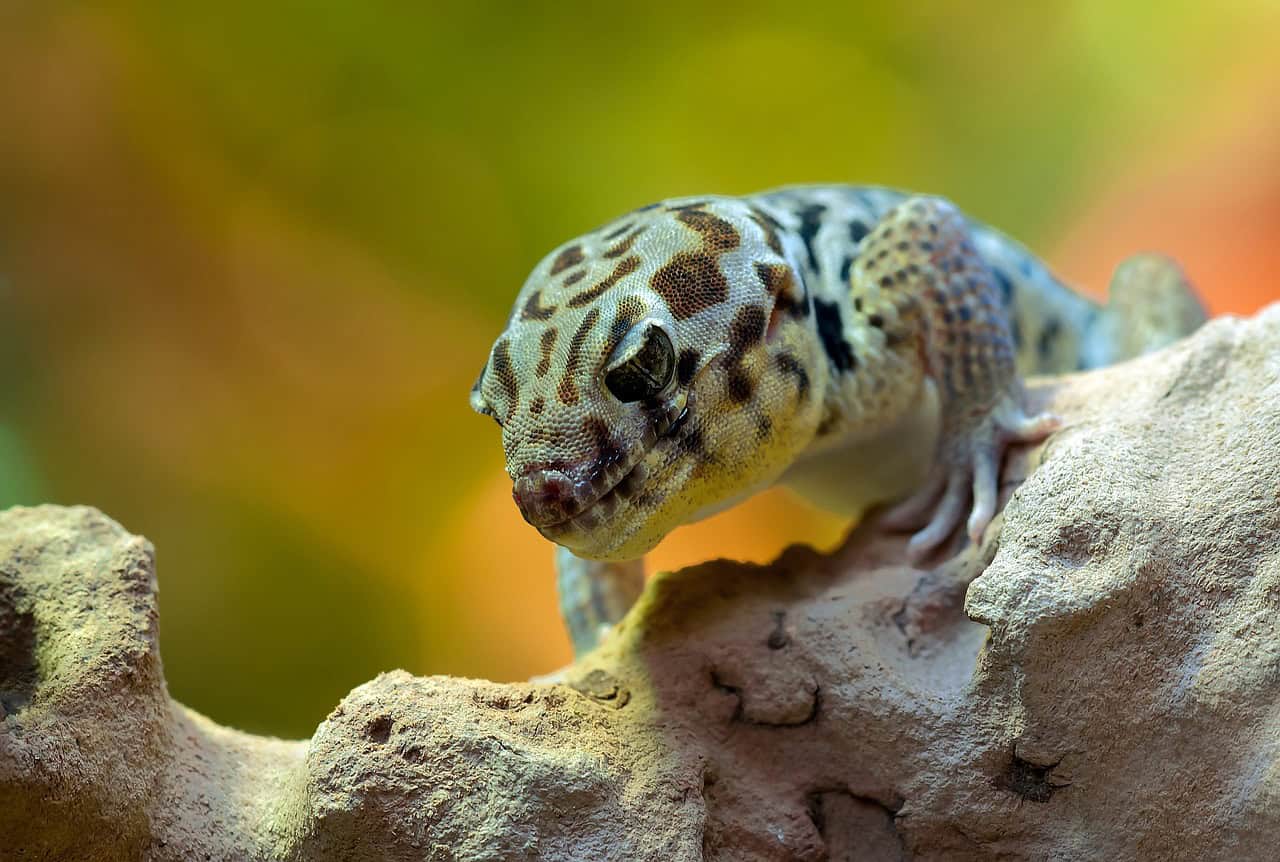
Geckos are well-known for their ability to regrow their tails. This ability serves as a defense mechanism, allowing them to escape predators while leaving a part of themselves behind. The regrowth process involves the regeneration of muscles, nerves, and bones, resulting in a new tail that closely resembles the original. Geckos demonstrate nature’s ability to adapt and survive, using their regenerative powers to navigate a world full of dangers.
The Mighty Flatworm A Regeneration Expert

Flatworms, like the planarian, are masters of regeneration. They can regenerate their entire bodies from small fragments, a testament to their incredible resilience. This ability is due to their high concentration of pluripotent stem cells, which can develop into any cell type needed for regeneration. Flatworms offer a unique perspective on the possibilities of cellular regeneration, inspiring researchers to explore their mechanisms for potential applications in medicine.
The Versatile Salamander An Amphibian Marvel

Salamanders are amphibians renowned for their regenerative abilities. They can regrow limbs, tails, jaws, and even parts of their hearts and eyes. This makes them one of the most versatile regenerators in nature. Salamanders use a combination of cellular reprogramming and stem cell activation to achieve this, offering insights into the mechanisms of regeneration. Their remarkable capabilities continue to intrigue scientists, fueling research into the potential for regenerative medicine.
The Resilient Horseshoe Crab A Living Fossil

Horseshoe crabs are ancient creatures with the ability to regenerate lost limbs. This capability is crucial for their survival, allowing them to recover from injuries and continue their life cycle. Horseshoe crabs have been around for hundreds of millions of years, and their regenerative abilities have undoubtedly contributed to their longevity as a species. Their resilience serves as a reminder of the enduring power of nature and the wonders of evolution.
The Regenerative Power of the Anole Lizard
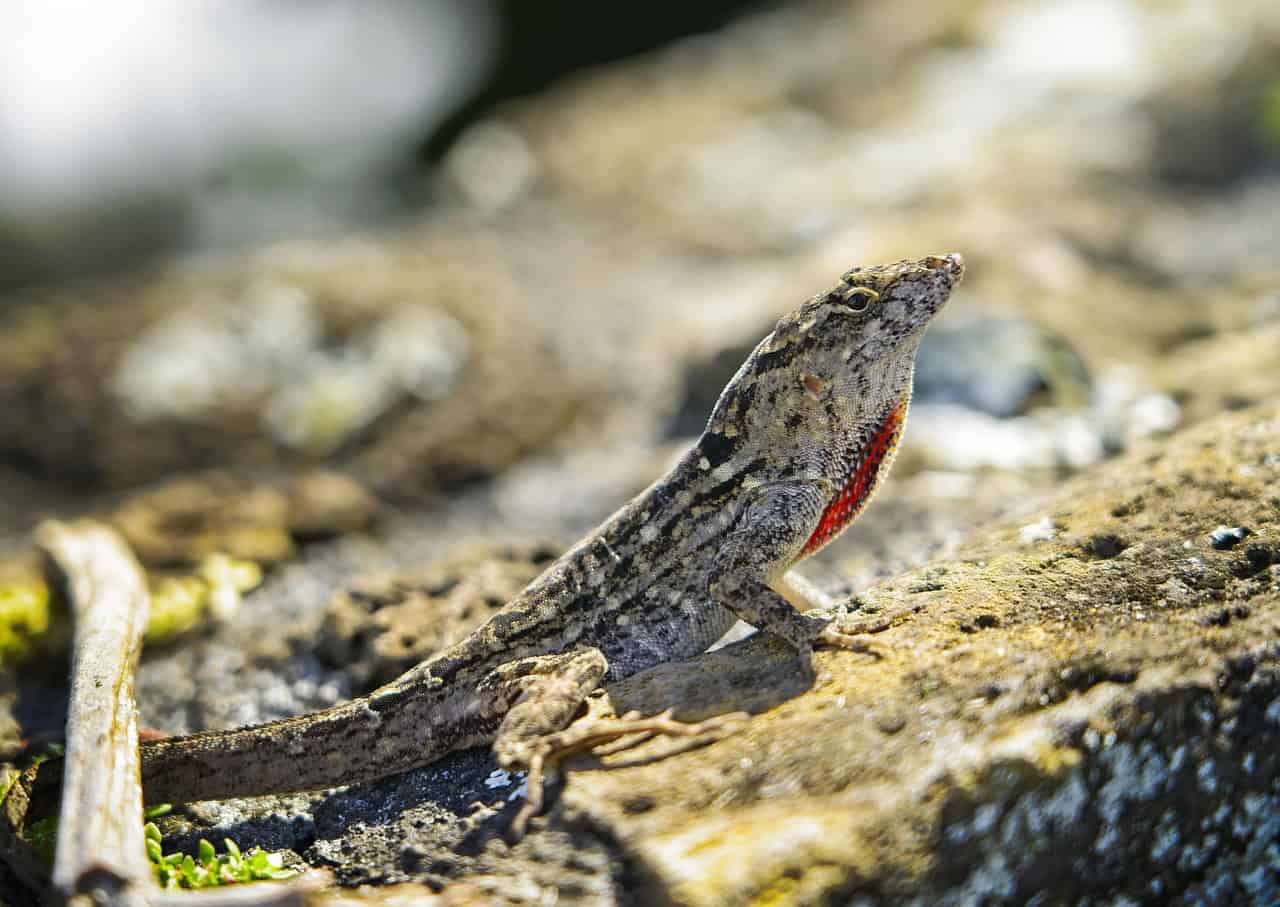
Anole lizards are known for their ability to regrow their tails. When threatened, they can detach their tails to distract predators, subsequently regenerating them over time. This ability is a vital survival mechanism, allowing them to evade predators and continue their lives. Anole lizards exemplify nature’s resourcefulness, using their regenerative powers to adapt to a world full of challenges.
The Remarkable Octopus A Master of Arm Regeneration

Octopuses are intelligent cephalopods known for their ability to regenerate lost arms. If an octopus loses an arm, it can regrow it, complete with muscles, nerves, and suckers. This ability is crucial for their survival, allowing them to recover from injuries and continue their lives in the ocean’s depths. Octopuses demonstrate the incredible adaptability of nature, using their regenerative powers to thrive in a world full of predators.
The Regenerative Capacity of the Crayfish

Crayfish are freshwater crustaceans known for their ability to regenerate lost limbs. This ability is essential for their survival, allowing them to recover from injuries and continue their life cycle. Crayfish use a combination of cellular regeneration and molting to regrow lost limbs, showcasing the wonders of nature’s adaptability. Their regenerative capabilities offer insights into the potential for cellular regeneration and inspire research into new possibilities for regenerative medicine.
The Resilient Earthworm Nature’s Recycler

Earthworms are humble creatures that play a crucial role in soil health and nutrient cycling. They possess the ability to regenerate lost segments, allowing them to recover from injuries and continue their vital work in the ecosystem. Earthworms demonstrate the resilience of nature, using their regenerative powers to adapt and thrive in a world full of challenges. Their remarkable abilities remind us of the interconnectedness of life and the importance of preserving our natural world.
Conclusion
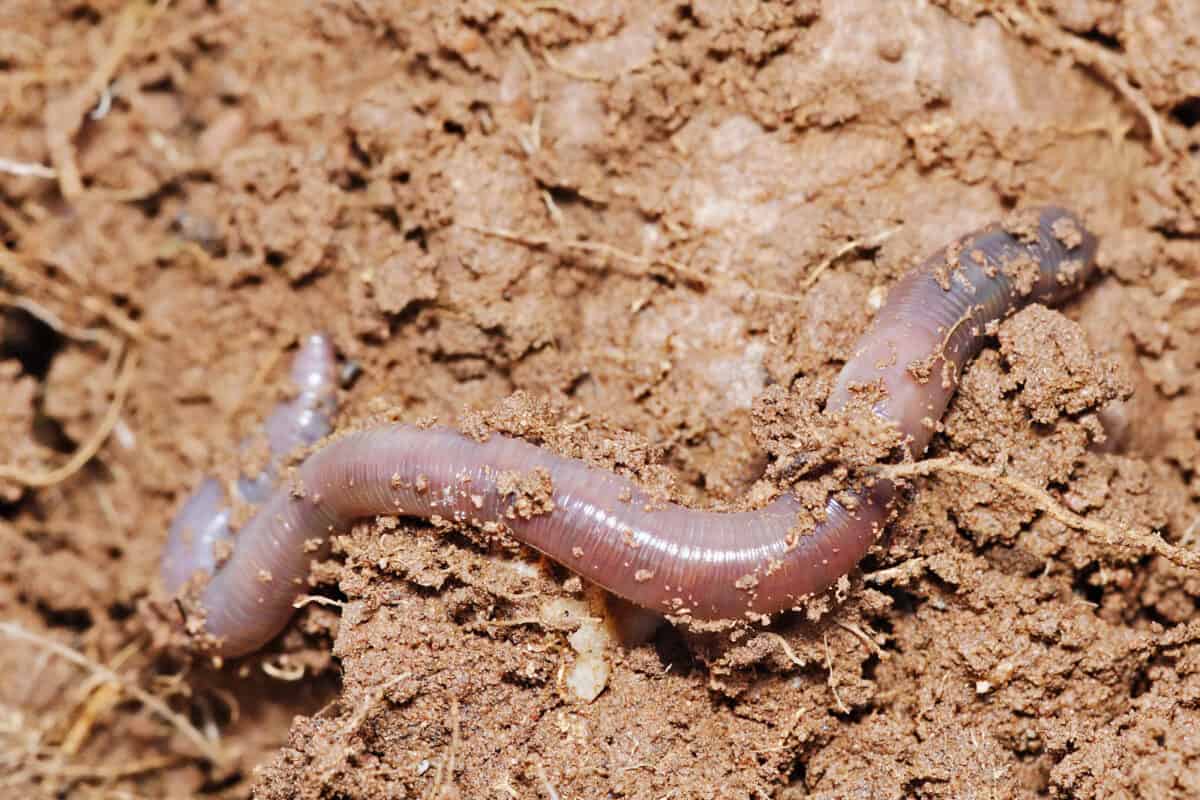
Nature’s regenerators showcase the incredible power of survival and adaptation. From axolotls to earthworms, these creatures inspire scientific research with potential medical breakthroughs. Their abilities remind us of nature’s brilliance and the possibilities it holds for the future.
- 12 Fascinating Shark Facts And 3 That Are Totally Wrong - August 21, 2025
- 11 Animals That Can Clone Themselves - August 21, 2025
- 15 Cat Breeds Vets Secretly Wish You’d Stop Buying - August 21, 2025

